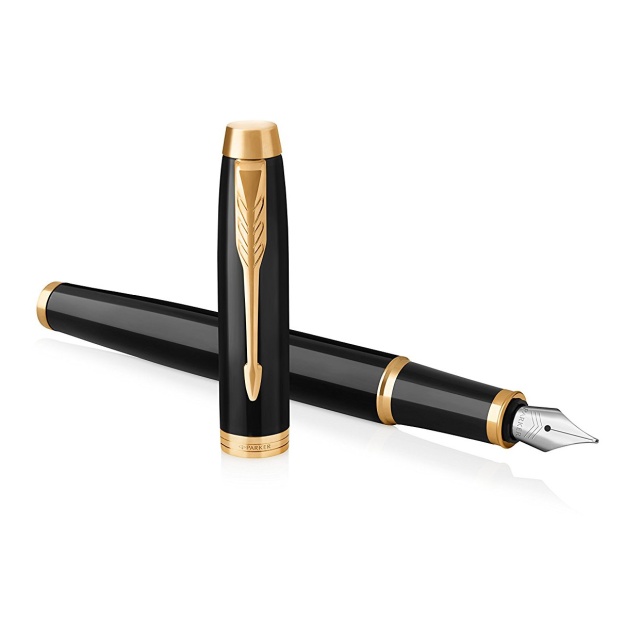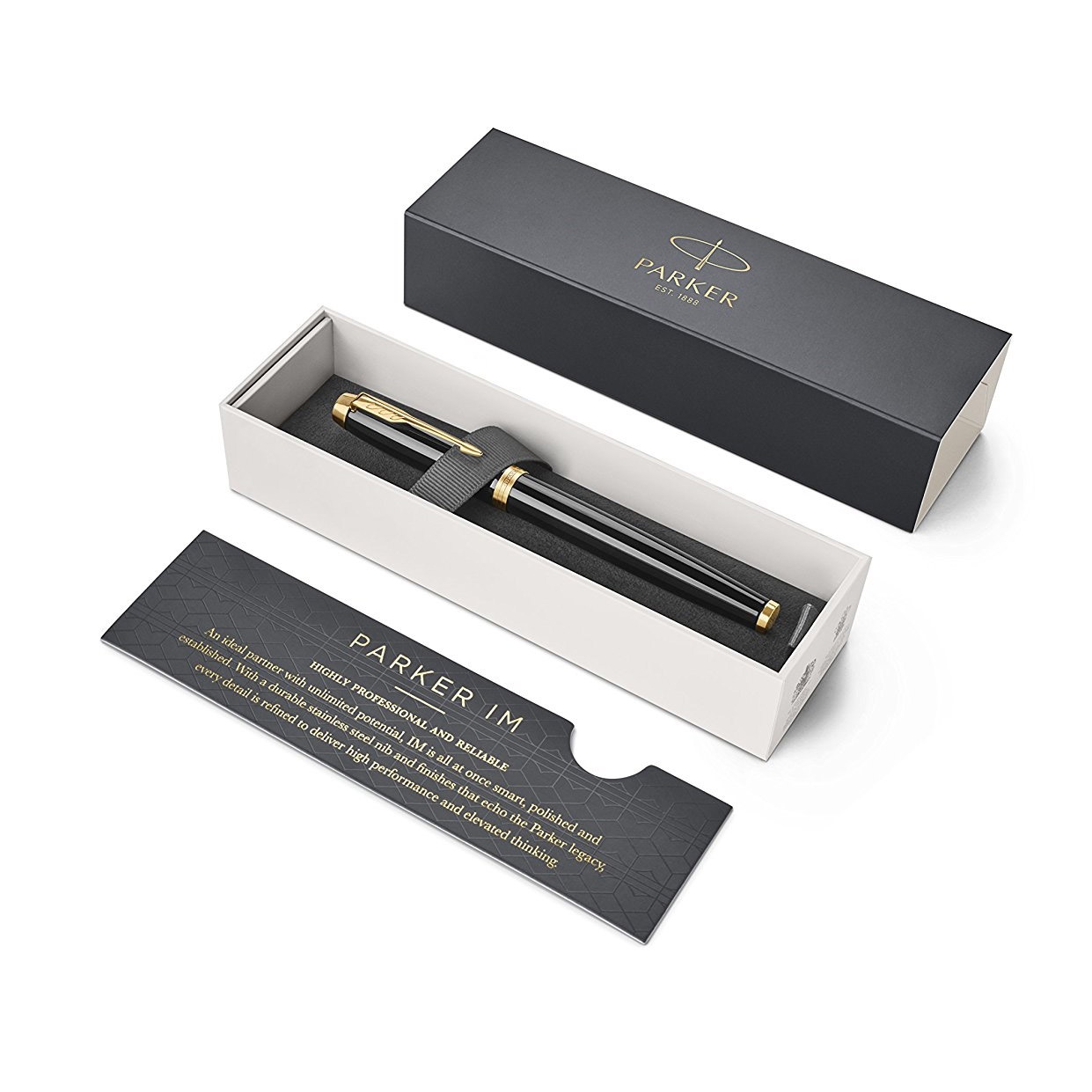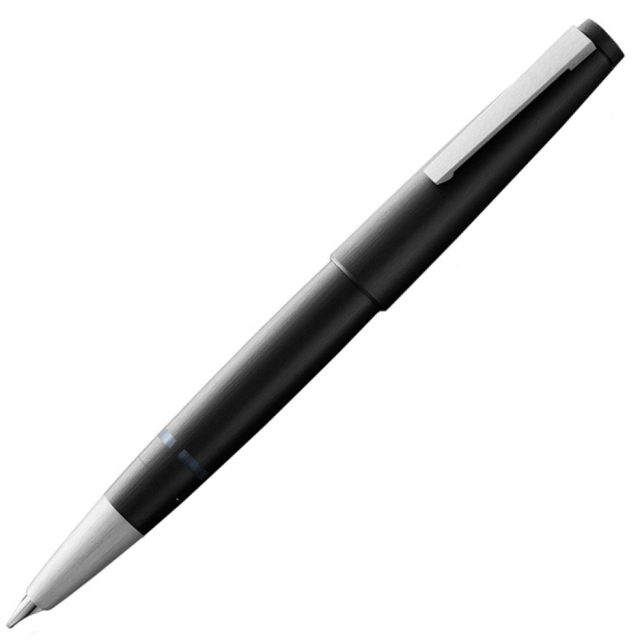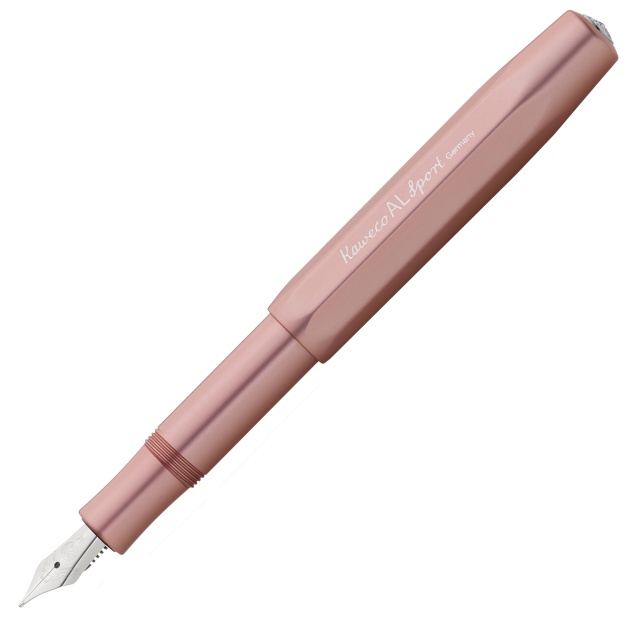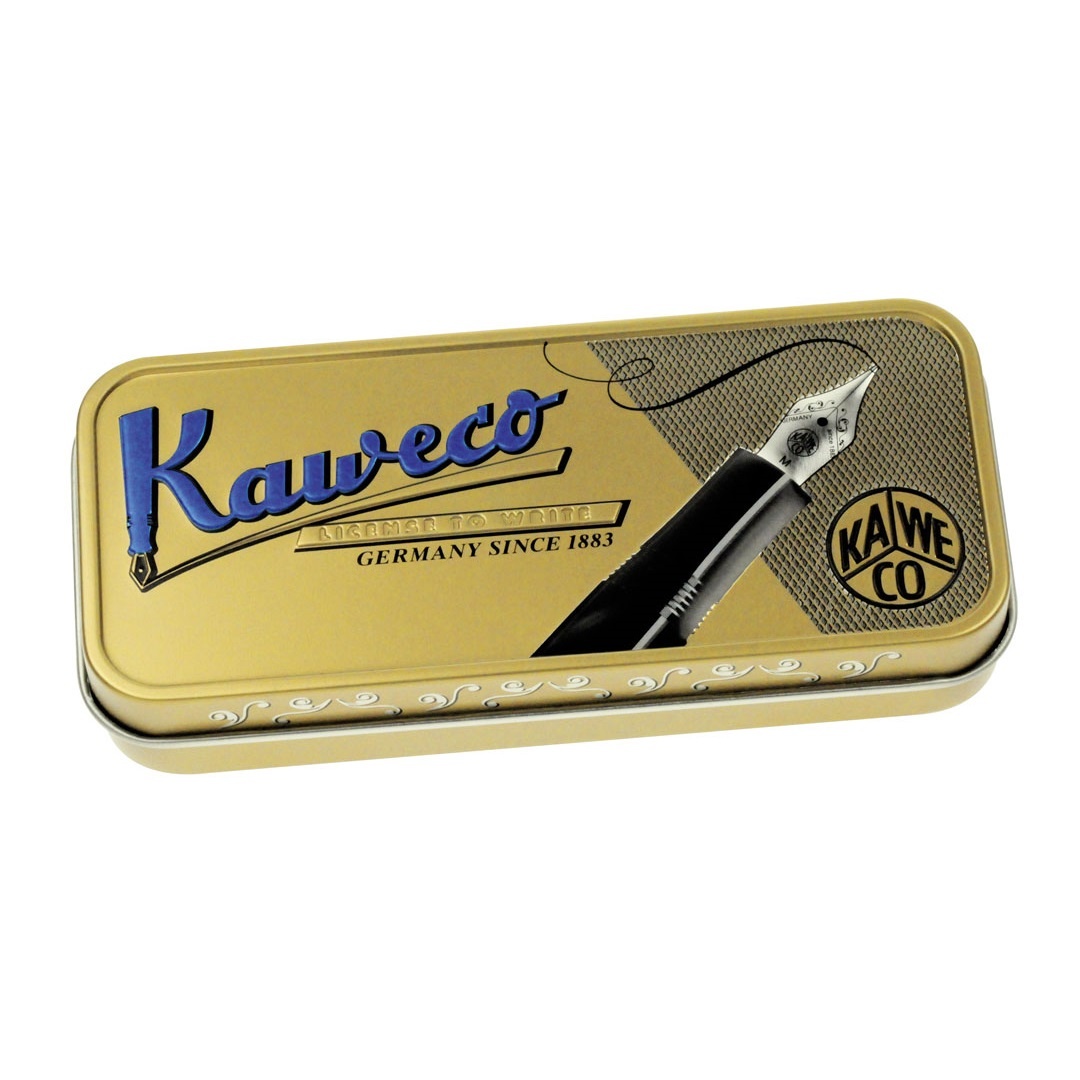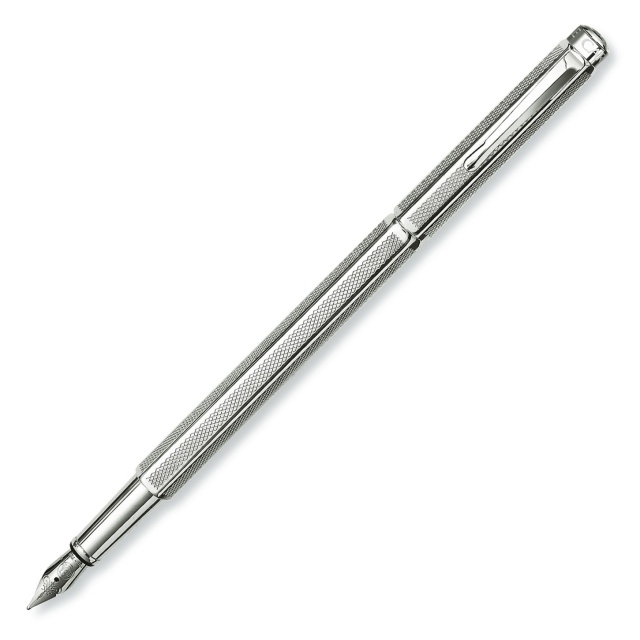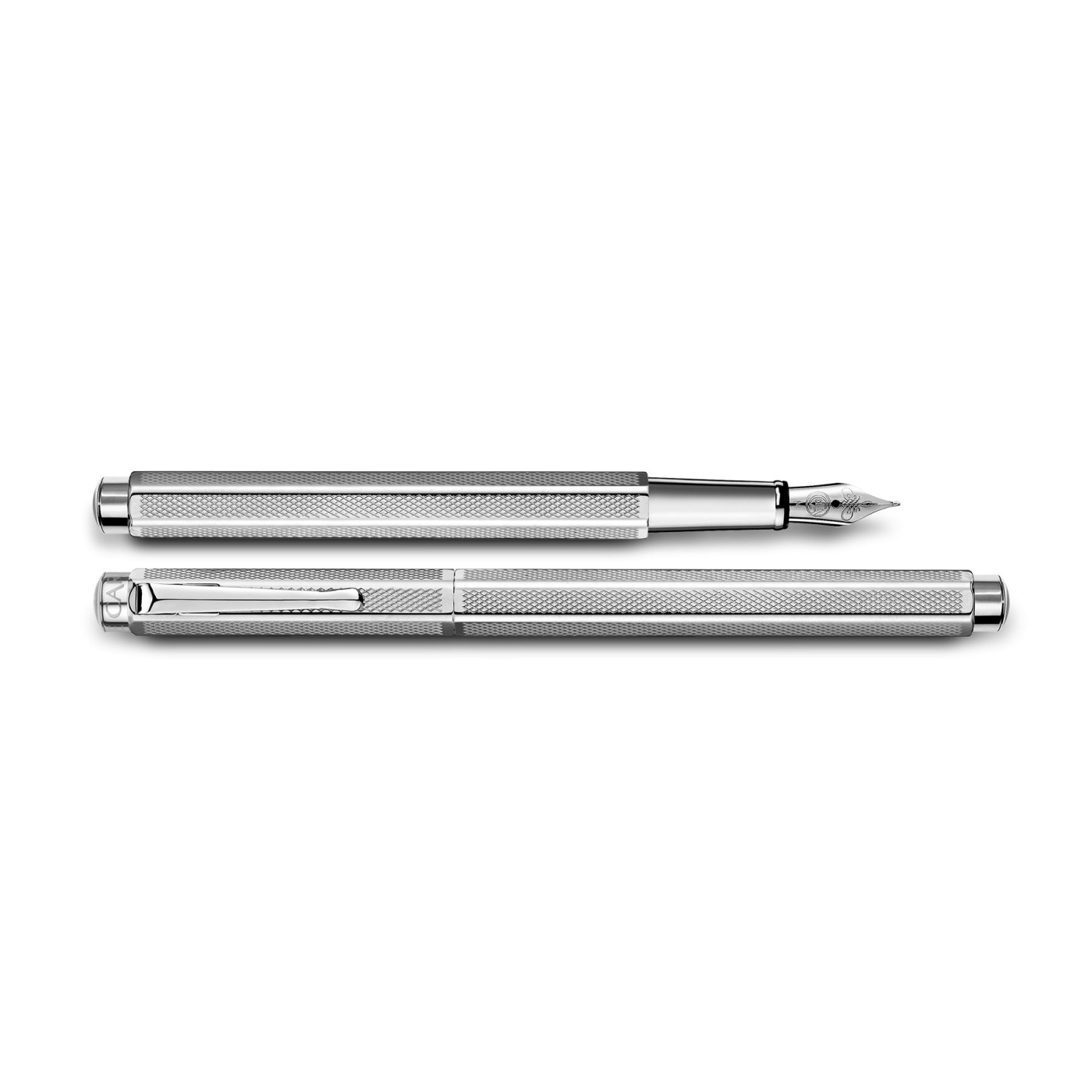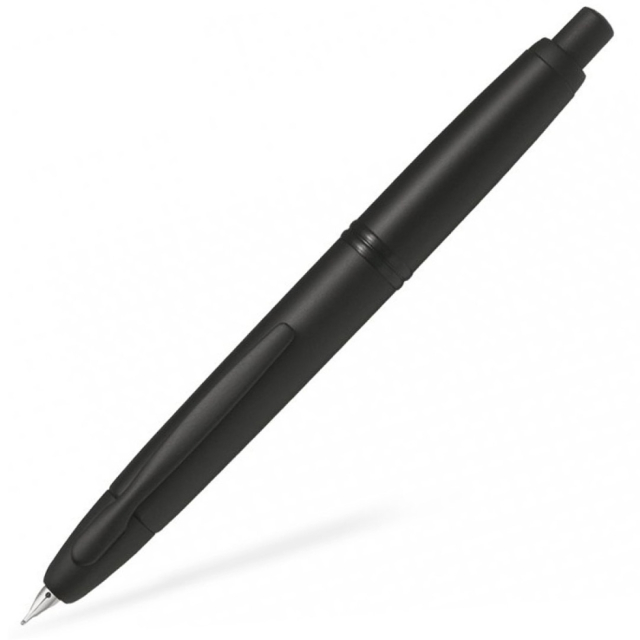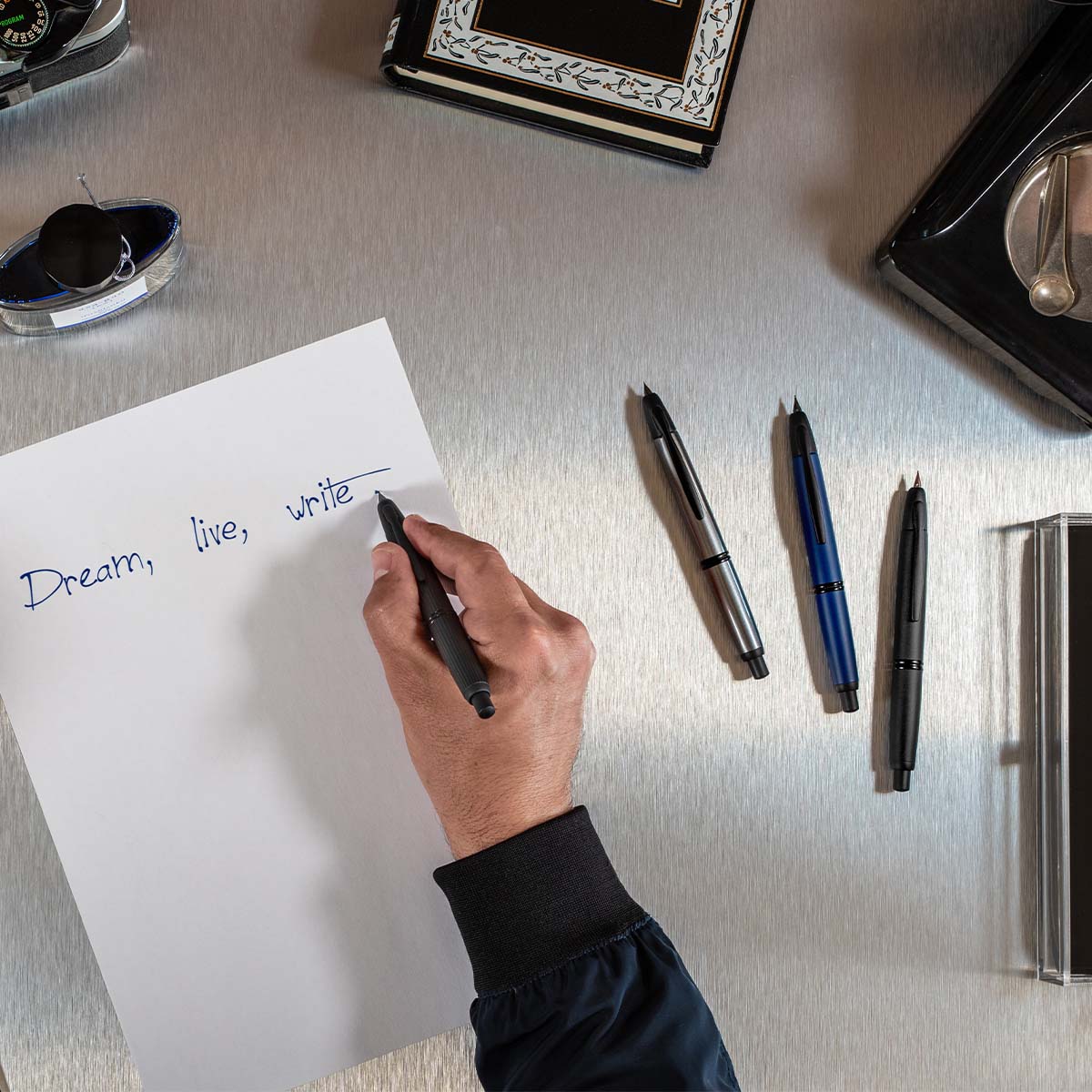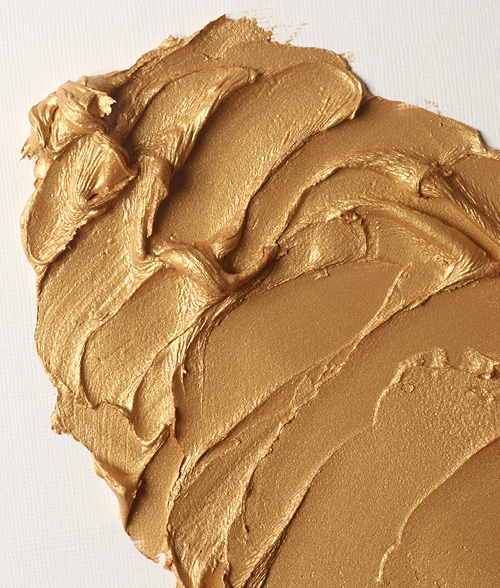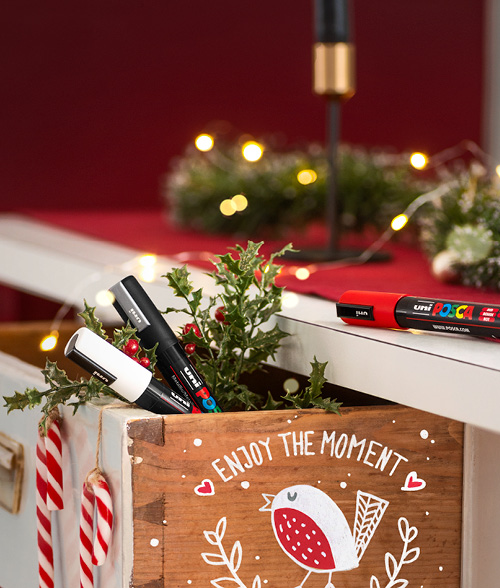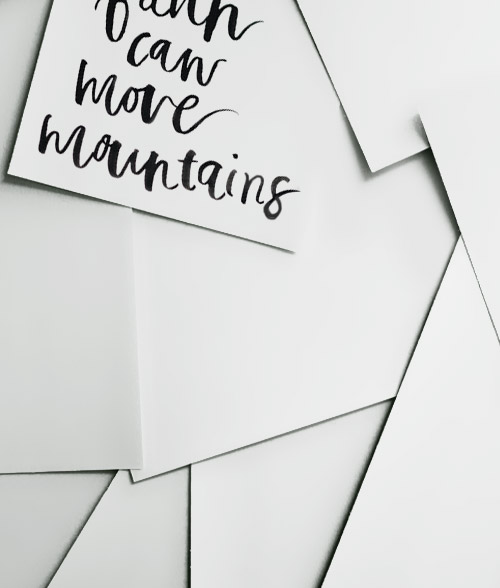Choosing a fountain pen is first and foremost about the nib, as it determines how the pen feels against the paper. In this guide, we’ll walk you through choosing the right nib width, what the markings mean, and the key points about ink and filling systems. We’ll help you find the right type of pen for writing or drawing.
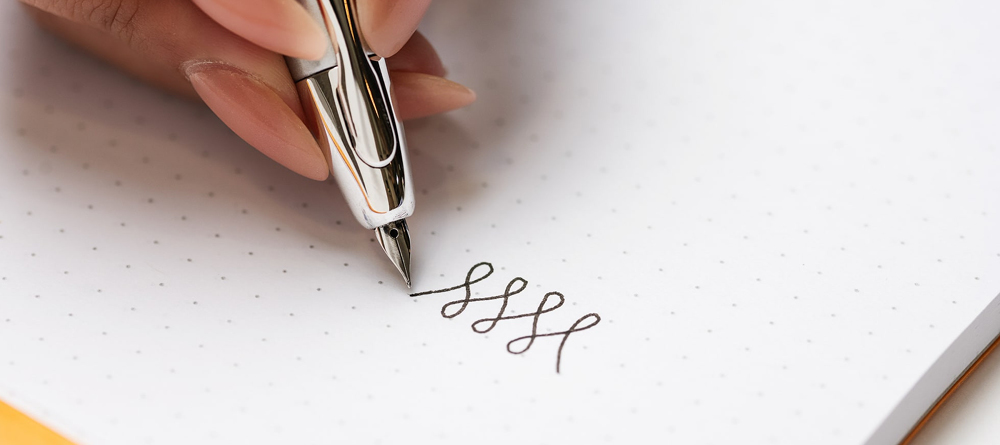
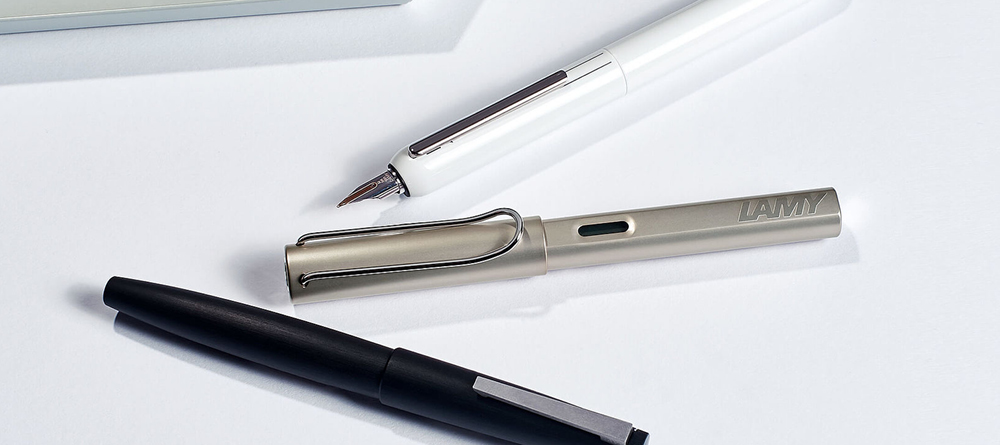
Why choose a fountain pen?
A fountain pen is recognised by its distinctive metal nib and is filled with liquid ink, either from a cartridge or a bottle. Some may associate it with times gone by, but in reality, the fountain pen remains a very popular tool for writing and drawing. Perhaps it’s because the writing experience is something truly special, or because the pen conveys a sense of luxury and nostalgia. They are built to last and often feature fine materials. A more expensive model often means a more refined construction or an especially smooth writing experience. Some treat themselves to an expensive watch or handbag, so why not a truly fine pen?
Choosing a nib width for your fountain pen
You may have found a pen you like, but hesitated when it comes to choosing the nib width. Some pens are available in several, or at least two, different widths.
The most common nib widths are Extra Fine (EF), Fine (F), Medium (M) and Broad (B). It’s difficult to say exactly what the width equals in millimetres, as sizing can vary slightly between brands. The line width also depends on who is writing and how much pressure is applied.
Which nib width is right for me?
There is no universal answer to which width suits which writer, but here are some general guidelines.
- Fine/Extra fine: If you write fairly small, it can be good to go with a Fine or Extra fine. A thinner nib lays down less ink and may perform better on paper not made for fountain pens.
- Medium: If your handwriting is average in size, you might prefer a Medium. Since it is broader, it can also feel smoother when writing.
- Broad: Broad is best for signatures, or if you want to write a bit larger and see the ink colour more clearly.
Choosing a nib type for your fountain pen
The most common nib shape on a fountain pen is round, which produces even and consistent lines when you write. There are also flatter or angled nibs, known as calligraphy nibs. These allow you to vary line width and create different effects, which makes them popular for various calligraphy styles. Both round and calligraphy nibs are firm, meaning they don’t flex when you press harder on the paper. If you’re looking for a more flexible nib, some models offer what’s called a flex nib. But if you want greater variation in line and expression, it’s often easier to find that in calligraphy pens, such as brush pens or dip pens.Are you left-handed?
That doesn’t mean you necessarily need a special nib, as fountain pens should work for both right- and left-handed users. However, some people hold the pen in a way that requires a specific nib, so some brands offer nibs designed for left-handers. That said, try a “regular” nib first!
Ink and filling systems
Fountain pens can be filled using pre-filled ink cartridges or with a converter. The converter draws ink through the nib. Many brands have their own standard for cartridge or converter size, but some use an international standard.
Read more in our guide How to fill a fountain pen →
Buy ink →
Buy cartridges →
PS. Want to use pigmented ink, India ink or archival ink? Then avoid fountain pens, they may clog and break. Instead, choose a brush, dip pen or technical pen for that kind of ink.
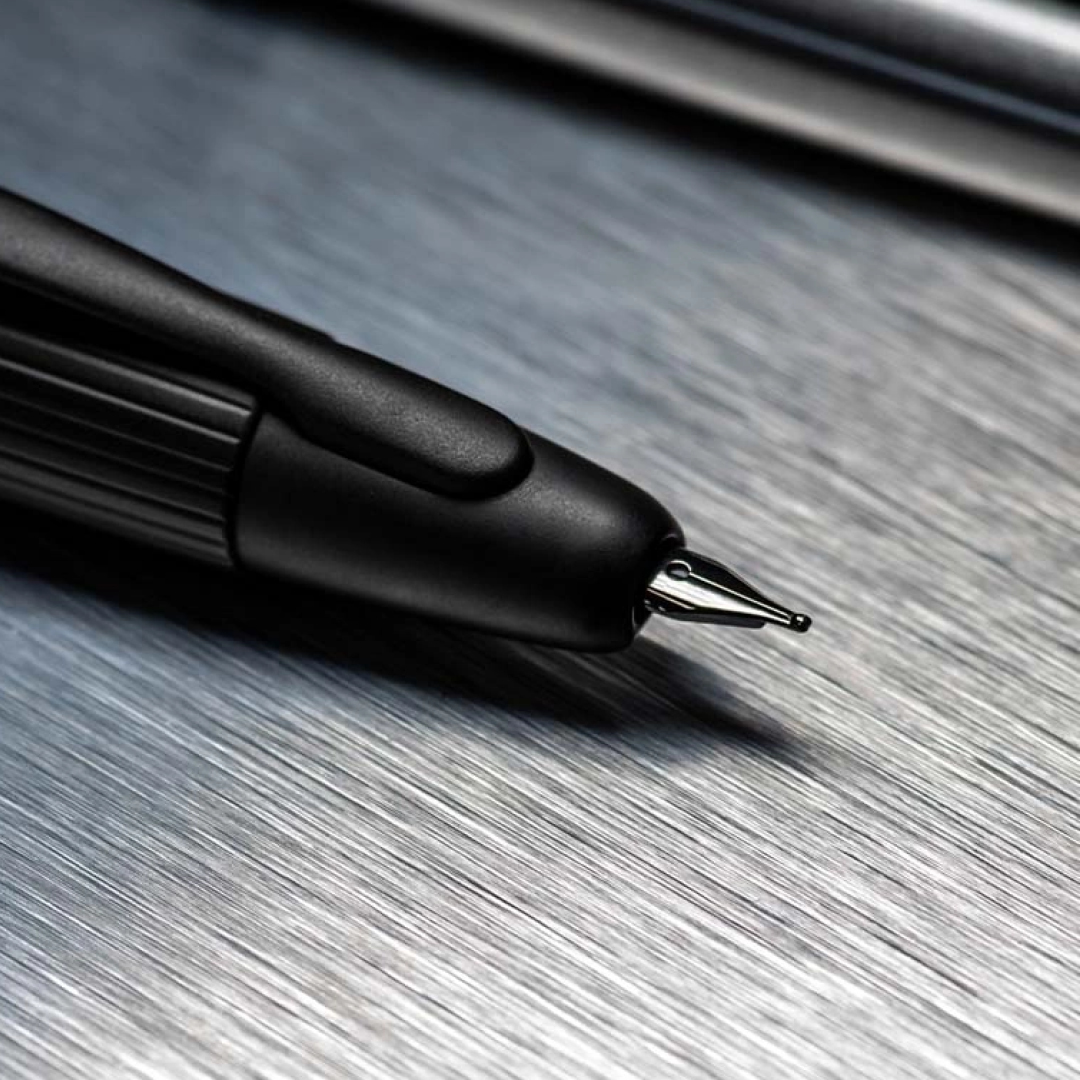
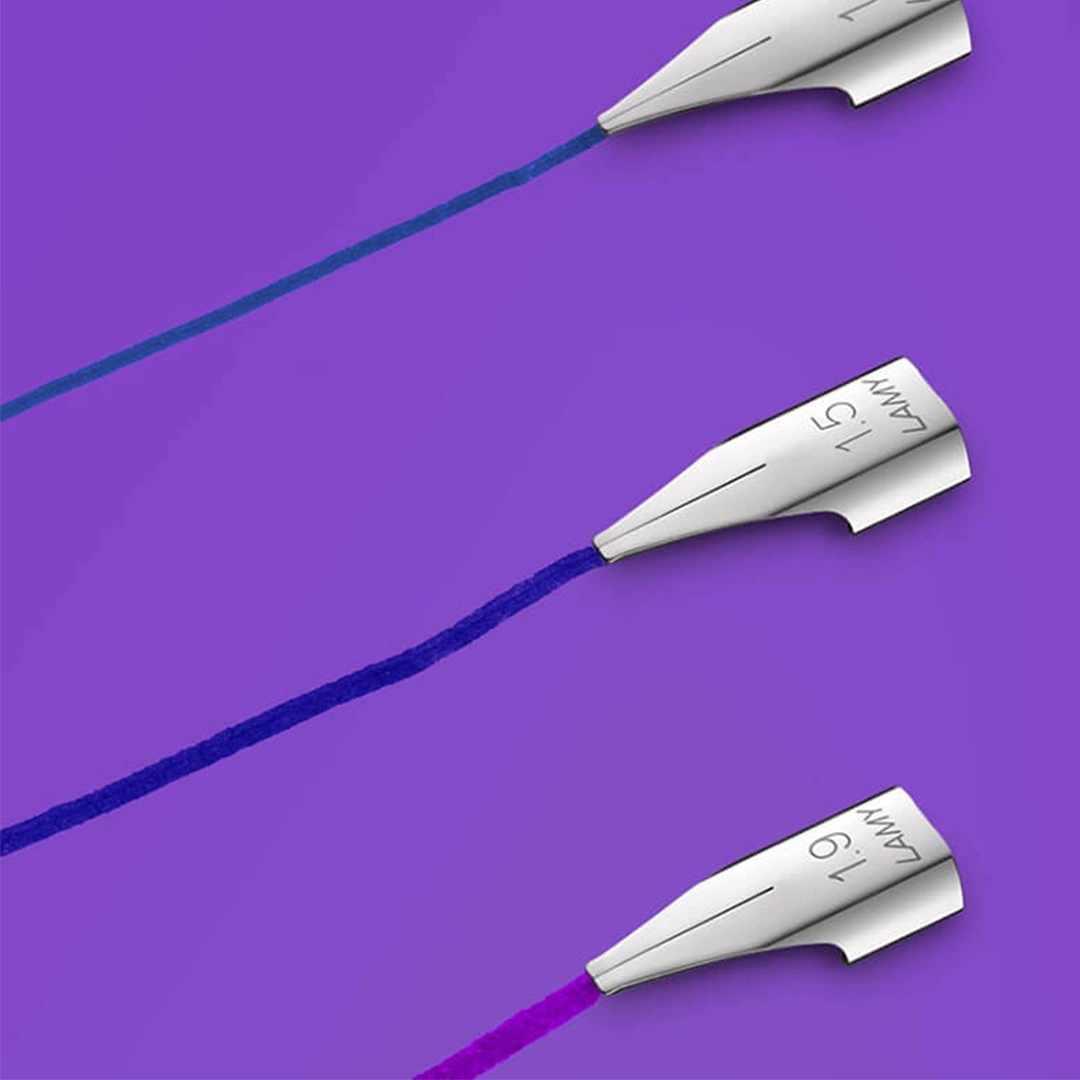
A few final words
Is this your first time writing with a fountain pen? Remember to hold it at a slight angle (not straight down) and always make sure the top of the nib is facing up. Don’t press too hard, the nib can become misaligned. The ink should flow smoothly from the nib.
If you’ve decided to get a fountain pen, congratulations on a great choice! You’ll likely be able to use it for years, and if you’ve chosen one made with more durable materials, it could last for generations. A fountain pen is a conversation starter and a piece of craftsmanship, but above all, it’s a reliable pen far removed from the throwaway culture. At Pen Store, you’ll find a wide selection of fountain pens, both online and in our Stockholm store.
 United Kingdom (GBP)
United Kingdom (GBP)
